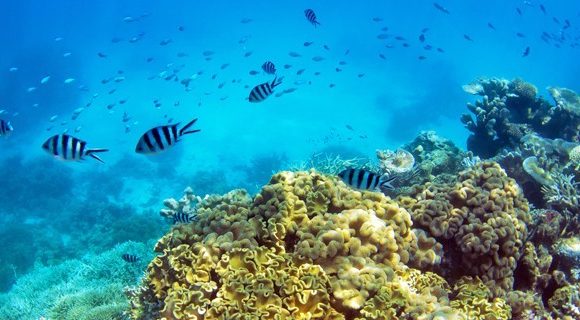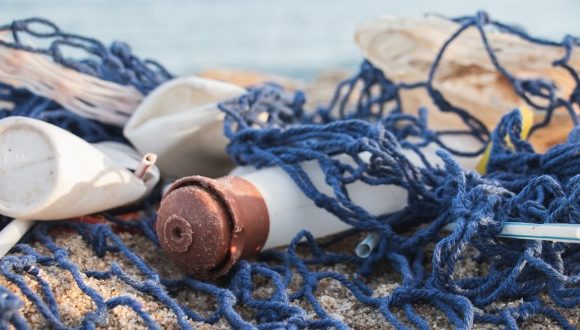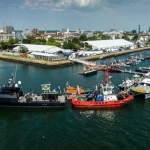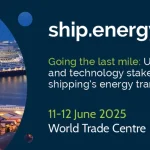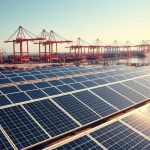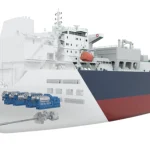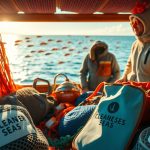It’s Time to Fight Plastic Pollution in the Oceans: Here’s What We Can Do
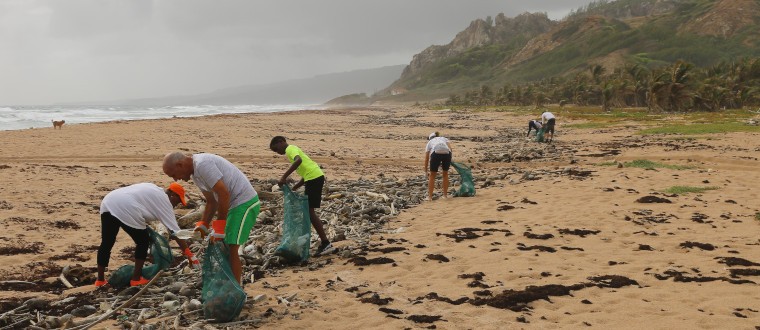
Most of us are using plastic now more than ever because it’s easy to use, affordable and durable. So, it’s not surprising that plastic has started to accumulate not only in dumpsters but also in places where they shouldn’t be. In fact, at least 8 million plastic pieces are entering the oceans every day, which means that in due time, we might not be seeing blue waters but a sea of plastic in our oceans. But with the devastating effects of pollution being felt worldwide, nations, tech companies and private individuals are starting to take plastic pollution more seriously with these steps that we can also follow:
Reducing—or completely banning—the use of single-use plastic
Earlier this year, Canadian Prime Minister Justin Trudeau announced the country’s goal of completely banning single-use plastics by 2021. This would include plastic straws, bags, plates, stir sticks and cutlery.
Canada has 151,019 miles of coastline, which is why it’s joining 60 other nations in taking steps to reduce or ban single-use plastics.
Encouraging proper plastic disposal with a plastic bank
Following the concept of “money from trash,” The Plastic Bank was created by an Indonesia-based grassroots organisation in partnership with IBM and Cognition Foundry to encourage people to collect waste from anywhere and deposit them in the bank.
In exchange, they will be given tokens, money, data or other types of commodity.
The Plastic Bank also rewards digital tokens to people who recycle their plastics. This effort is also followed by the UNFCCC through the Climate Chain Coalition where more than 80 organisations have committed to using blockchain for efforts regarding climate change.
Ocean plastics observation through satellite
Since the ocean can be so vast, cleaning has to be done strategically with the help of satellite imaging. The Ocean Cleanup is a non-profit organisation that aims to develop advanced technologies to help fight plastic pollution in the oceans.
Through satellite imaging and machine learning, the organisation plans to capture and clean over five trillion pieces of plastic trash. The Ocean Cleanup is expected to collect at least half of the ocean’s garbage within five years.
The European Space Agency (ESA) has also announced its efforts to determine the most plastic waste concentrated areas through the use of its satellites. This will help in planning the right cleanup efforts in these areas.
Finally, there is the increasing use of artificial intelligence to help understand the world’s natural systems.
Key technologies like machine learning and big data are now being explored to help with the efforts in not only fighting plastic pollution in the oceans but also in conserving the earth.
The journey towards plastic-free oceans may seem long and hard. But with the combined efforts of different governments, private organisations and ordinary individuals, we can slowly eliminate plastic waste from our oceans to protect our marine life and make sure that our children can still enjoy the benefits of these blue waters.
Read about the phase-out of single-use plastic bags
Read about the effects of plastic waste on sharks and rays

